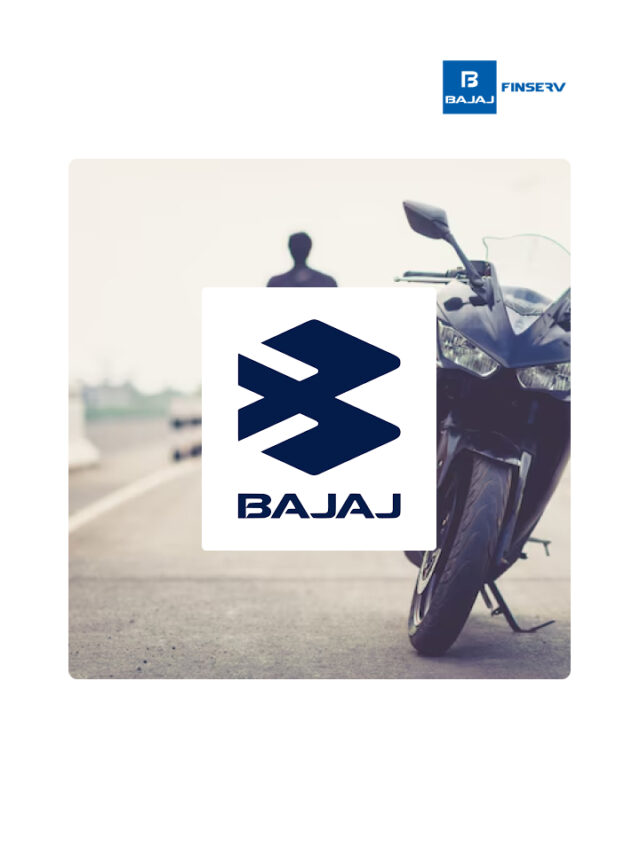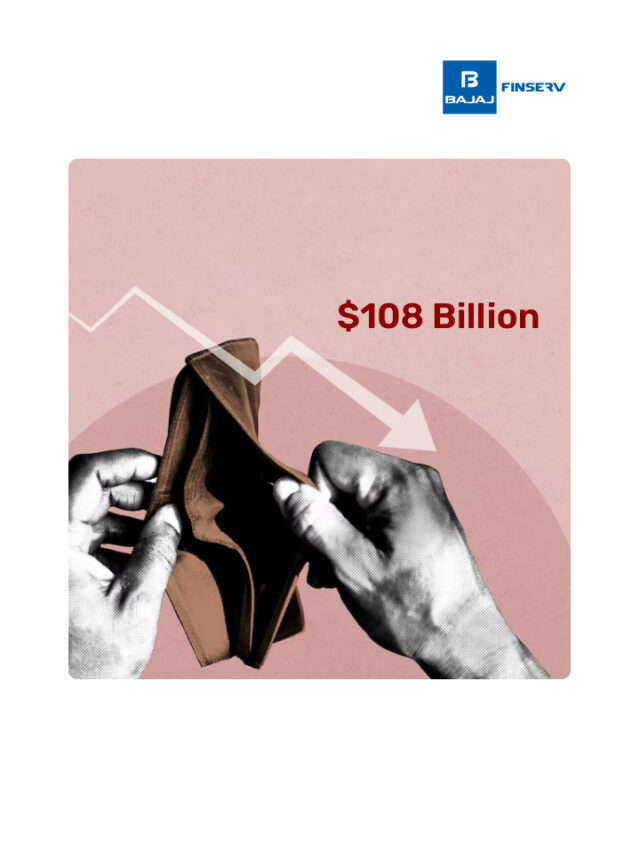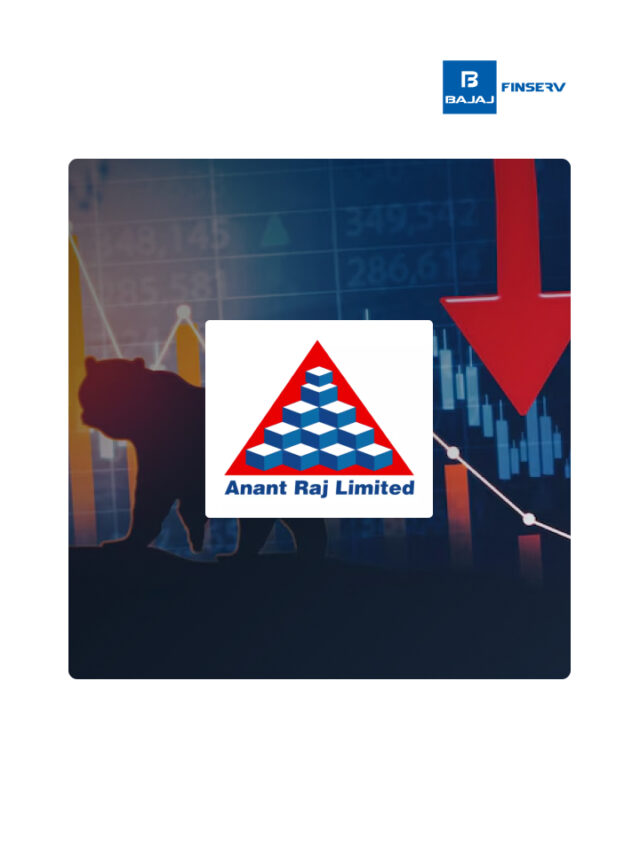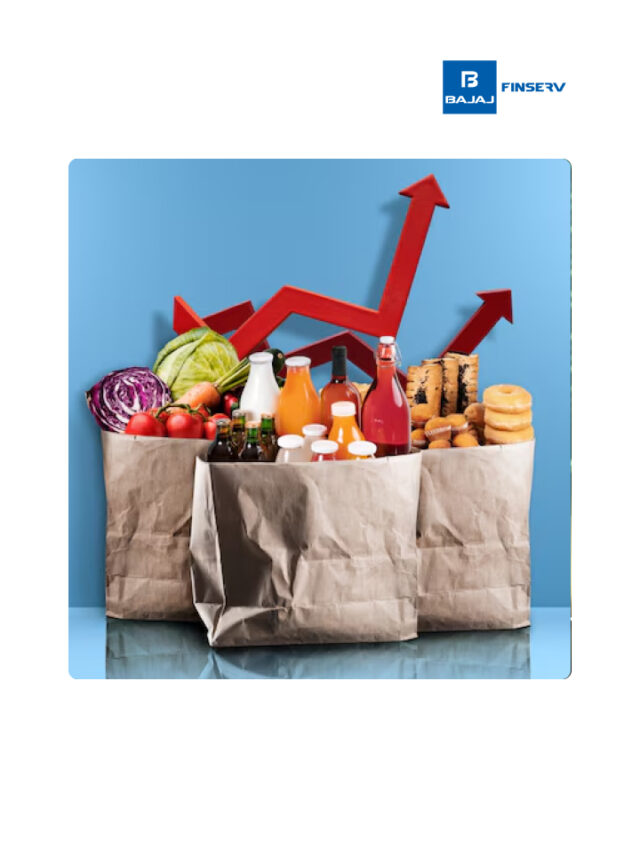What is a Bid Ask Spread?
Last Updated on September 27, 2023 by BFSLTeam BFSLTeam

One of the many aspects that traders often look for in an asset is its bid-ask spread. It is a simple metric that provides key insights into the price movement of an asset. Understanding the significance of bid-ask spread can help you become a better trader and make well-informed decisions. Wondering what it represents and how important it is for trading? Here’s everything you need to know.
Table of Content [hide]
What is a Bid-Ask Spread?
A bid refers to the highest price quoted by a buyer for an asset, whereas the ask refers to the lowest price quoted by a seller. The bid-ask spread, meanwhile, is the difference between the asking price and the bid price for an asset.
Market experts often use the following mathematical formula to calculate the bid-ask spread for an asset.
| Bid-Ask Spread = Ask Price – Bid Price |
The above-mentioned bid-ask spread formula gives you results in absolute numbers. However, some traders represent the metric as a percentage. To calculate the bid-ask spread percentage, all you need to do is use the formula below.
| Bid-Ask Spread (%) = [(Ask Price – Bid Price) ÷ Ask Price] x 100 |
As a trader, you can track the bid-ask spreads for almost all assets through your trading platform. Alternatively, you can also track them through the stock exchange website.
Bid-Ask Spread: An Example
Now that you’re aware of the meaning of the bid-ask spread, let’s look at an example to understand the concept better.
Assume you wish to find out the bid-ask spread of a particular asset. The last traded price of the asset was ₹280. On checking the market depth, you find out that the best bid for the asset is ₹282 and the lowest ask for the asset is ₹283. Going by the above-mentioned formula, the spread for the asset is ₹1 (₹283 – ₹282).
What is the Significance of Bid-Ask Spreads in Trading?
The bid-ask spread is one of the most important metrics used during trading. Here are a few insights that this particular metric provides.
- Measures Liquidity
The bid-ask spread is a very good indicator of liquidity in a counter. For instance, if the bid-ask spread for an asset is wide, the counter is said to be illiquid. On the other hand, if the bid-ask spread is tight, the asset is said to be highly liquid.
Traders often prefer highly liquid assets due to the ease with which positions can be entered into and exited without compromising on the price. Trading in illiquid assets, meanwhile, can be very challenging since there’s a real risk of not being able to execute your trades.
Medium-term to long-term Investors, however, have a contrarian view. Since their holding period is quite long, low liquidity is usually not something they look down on. Such investors often don’t mind investing in assets with wide bid-ask spreads.
- Provides Demand and Supply Insights
Bids represent the demand, whereas the ask represents supply for a given asset. If the number of bids is higher than the number of asks, the asset is said to be in high demand. Such a situation usually leads to a rise in the asset price.
On the contrary, if the number of asks is higher than the bids, the asset is said to be in low demand. This often leads to a fall in the price of the asset. By monitoring the movement of the bid-ask spread for an asset, you can get useful insights into the demand and supply dynamics of the said asset.
For instance, if the bid-ask spread widens, it may indicate a shift from strong demand and weak supply to weak demand and strong supply.
How to Use the Bid-Ask Spread When Trading?
When trading in an asset, it is advisable to pay attention to its bid-ask spread. This will allow you to gain useful insights, which you can use to plan your trades more efficiently.
For example, if you find the spread of an asset too wide, placing a limit order may be inadvisable due to the low liquidity level on the counter. The chances of the order not getting executed would be very high. In such situations, placing a market order may be the right course of action. On the contrary, if the bid-ask spread of an asset is very tight, both limit and market orders may work due to the high level of liquidity in the counter.
Conclusion
The bid-ask spread is one of the most important aspects of trading since it essentially enables you to gauge the activity levels in an asset. If you wish to trade in an asset, remember to analyse and track its bid-ask spread to ensure that it has sufficient levels of liquidity before entering into a position. On the other hand, if you’re planning to invest for the long term, you don’t necessarily have to focus too much on the bid-ask spread as long as the fundamentals of the asset are strong.










